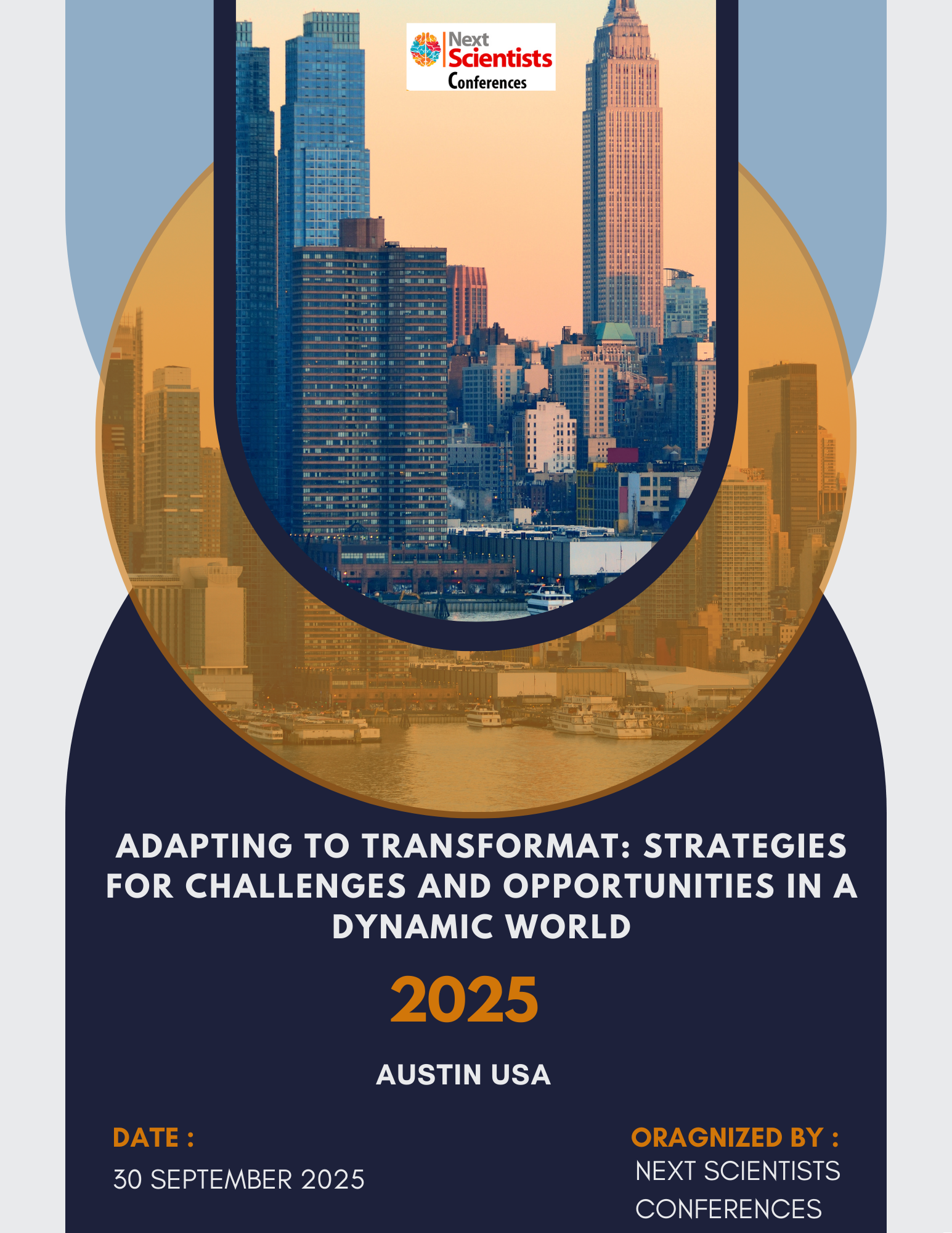The Poetics of European Modernism (Epiphany, Interior Monologue, Allusion) and the Mechanisms of Discursive Adaptation in Uzbek Novellas
Keywords:
European modernism, epiphany, interior monologue, allusionAbstract
This article examines how central features of European modernism—epiphany, interior monologue, and allusion—are adopted and adapted within Uzbek novellas. Treating modernist poetics as a portable repertoire rather than a fixed canon, the study analyzes how Uzbek prose negotiates the stylistic economy of short forms while accommodating indigenous narrative habits, social thematics, and reception horizons. A corpus-informed, comparative reading of representative twentieth-century European texts alongside selected Uzbek novellas informs the analysis; attention is paid to episodic structure, focalization, prosody of thought, and intertextual signaling. Results indicate that Uzbek novellas integrate epiphanic closure into culturally resonant turning points, remodel interior monologue as ethically framed self-address rather than free-floating consciousness, and refract European allusion through national literary memory and Islamic-Persianate motifs.
References
Joyce J. Dubliners. — London: Grant Richards, 1914. — 276 p.
Woolf V. Mrs Dalloway. — London: Hogarth Press, 1925. — 296 p.
Mansfield K. The Garden Party and Other Stories. — London: Constable, 1922. — 232 p.
Poe E. A. Review of Hawthorne’s “Twice-Told Tales” // Graham’s Magazine. — 1842. — Vol. 20. — P. 298–300.
Genette G. Narrative Discourse: An Essay in Method. — Ithaca: Cornell University Press, 1980. — 285 p.
Bakhtin M. M. Problemy tvorchestva Dostoevskogo. 2-e izd. — Leningrad: Priboy, 1929. — 304 p.
Shklovsky V. O. Teoriya prozy. — Moskva: Federatsiya, 1929. — 288 p.
May C. E. The Short Story: The Reality of Artifice. — London; New York: Routledge, 1995. — 208 p.


